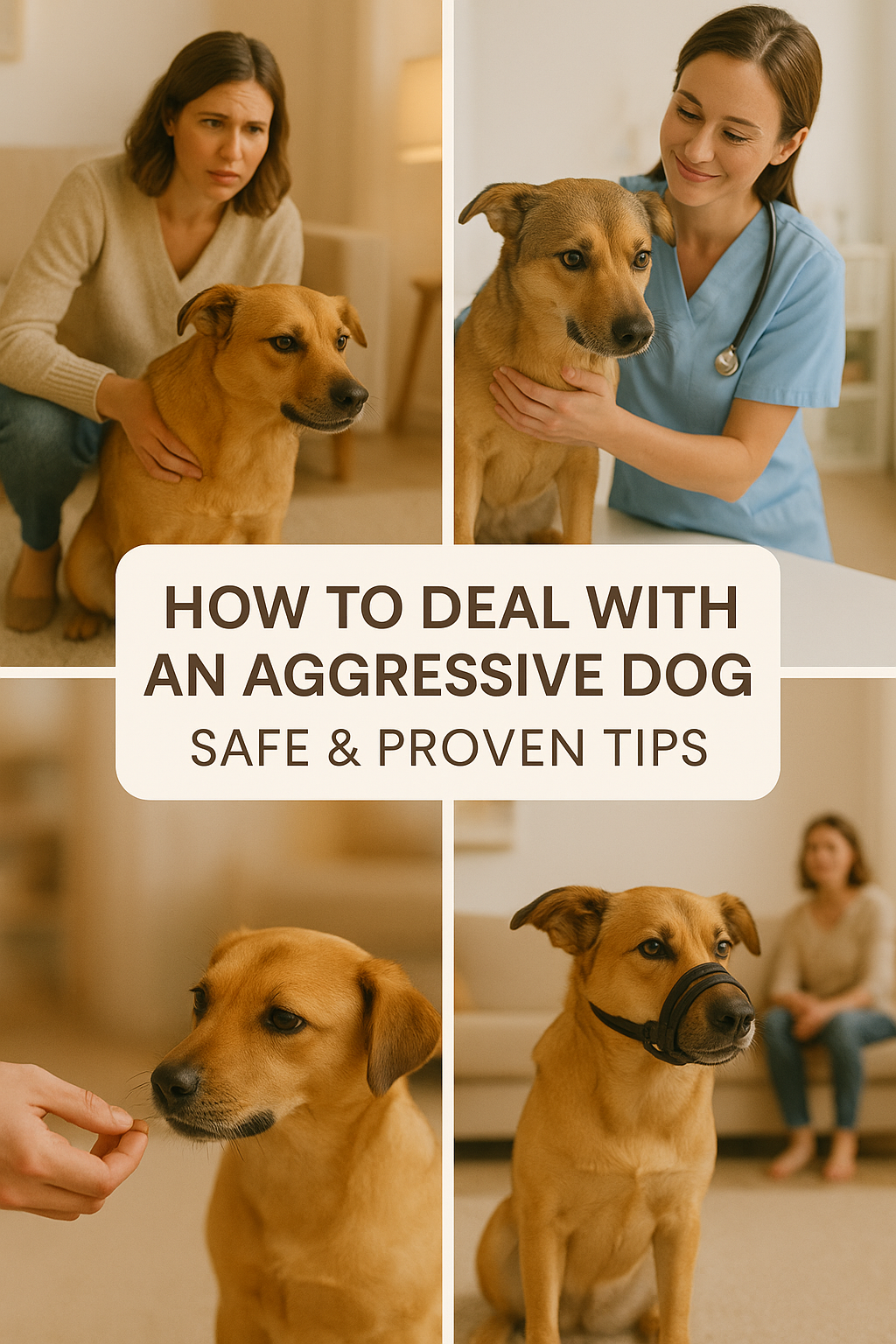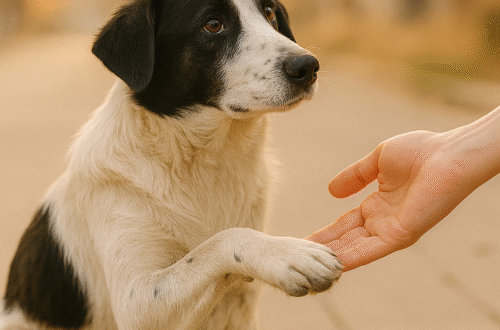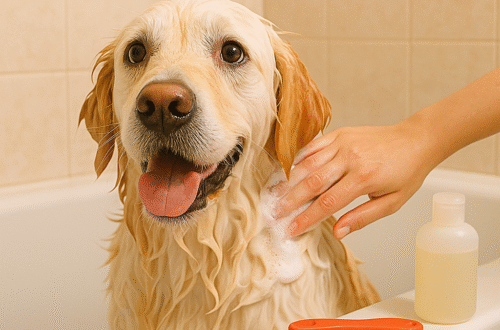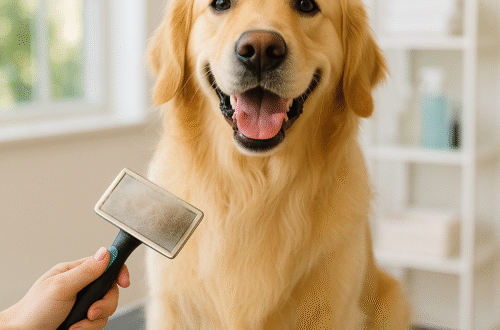Owning a dog brings joy, comfort, and companionship but when your loyal friend suddenly starts growling, snapping, or showing aggression, it can be both frightening and confusing. Dog aggression can appear out of nowhere, leaving owners stressed and unsure of what to do.
The good news is that most cases of aggression can be managed and improved with the right approach. Understanding the reason behind your dog’s behavior, staying calm, and taking the correct steps to ensure safety will help both you and your furry friend.
In this guide, we’ll break down the causes of dog aggression, how to respond safely, and proven ways to prevent aggressive behavior so you can rebuild trust and enjoy a peaceful bond with your pet.
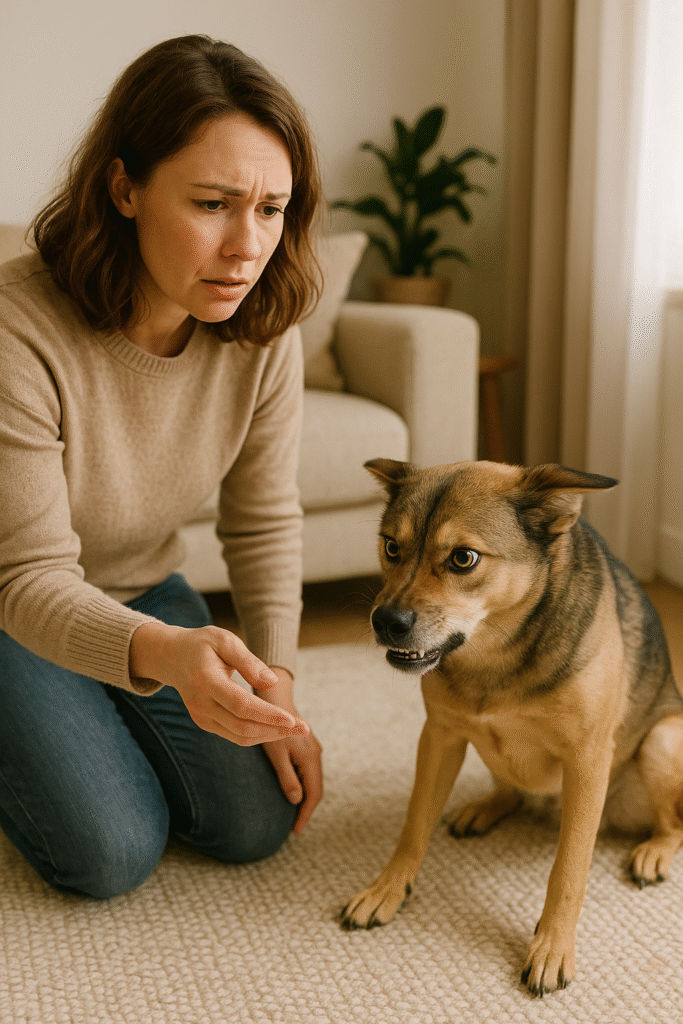
Understanding Dog Aggression
Before you can solve aggression, it’s important to understand why dogs behave this way. Aggression is a natural response that can stem from fear, protection, or discomfort. Recognizing the type of aggression your dog shows will help you address the problem more effectively.
Common Types of Dog Aggression:
- Fear Aggression: Occurs when a dog feels cornered or threatened.
- Territorial Aggression: Triggered when someone enters the dog’s space or home.
- Protective Aggression: Happens when the dog is guarding family members or other pets.
- Resource Guarding: When a dog aggressively defends food, toys, or treats.
- Pain-Related Aggression: Often linked to illness, injury, or physical discomfort.
Signs Your Dog May Be Aggressive:
- Growling, snarling, or snapping
- Stiff body posture and raised fur
- Avoiding eye contact or suddenly lunging forward
- Guarding objects like toys, bones, or their bed
By spotting these signs early, you can take precautions and prevent bites or dangerous situations before they escalate.
Stay Calm and Assess the Situation
When a dog shows aggression, your first reaction sets the tone for what happens next. Panicking, shouting, or making sudden movements can increase the dog’s stress and trigger a bite. Staying calm not only keeps you safe but also helps your dog settle faster.
Here’s what to do immediately:
- Don’t Yell or Hit: Physical or verbal punishment escalates aggression.
- Move Slowly: Avoid fast movements; take a step back instead of forward.
- Avoid Direct Eye Contact: Staring can feel threatening to your dog.
- Give Them Space: Remove children or other pets from the area.
- Assess the Trigger: Notice what might have caused the sudden reaction (new person, loud sound, toy, or food).
By staying composed, you create a safe environment and buy time to understand the reason behind the aggression.
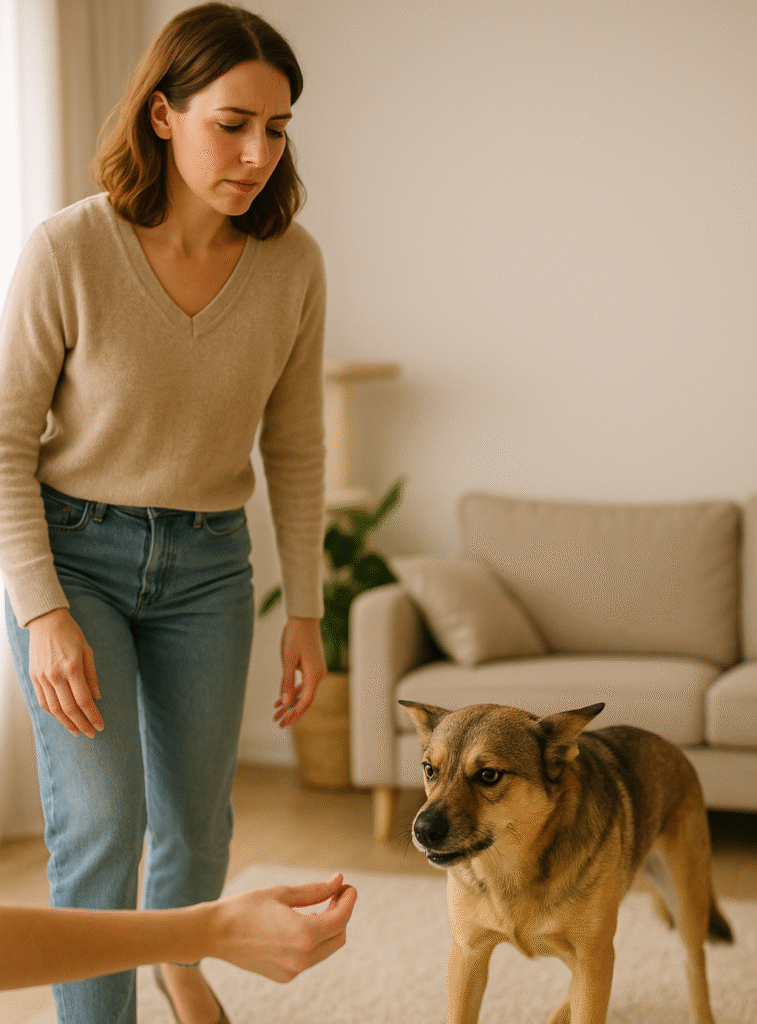
Identify the Root Cause of Aggression
Understanding why your dog is acting aggressive is the key to fixing the problem. Dogs rarely become aggressive without a reason. Pinpointing the root cause will guide you toward the right solution and help prevent future incidents.
Common Reasons for Dog Aggression:
- Fear or Anxiety: Loud noises, new environments, or strangers can trigger fear.
- Territorial or Protective Behavior: Dogs may act aggressively when protecting their space, owner, or pack.
- Resource Guarding: Some dogs become possessive over toys, food, or beds.
- Medical Issues or Pain: Joint pain, injuries, or dental problems can make a dog snap.
- Lack of Socialization: Dogs that haven’t been exposed to different people, pets, or environments can react aggressively out of insecurity.
Tip: If aggression appears suddenly or seems unusual, consult a veterinarian first to rule out pain or health issues.
By knowing the exact trigger, you can create a clear plan for training, management, and safety.
Safety Measures for Owners & Family
When dealing with an aggressive dog, safety comes first. Protecting yourself, your family, and your dog from potential accidents is crucial until the behavior is under control.
Essential Safety Tips:
- Create a Safe Space: Give your dog a quiet area or separate room to calm down.
- Keep Children and Strangers Away: Young kids and guests should not approach an aggressive dog.
- Use Leashes, Gates, or Muzzles When Needed: A soft, comfortable muzzle can prevent bites during training or vet visits.
- Remove Triggers: If a specific toy, treat, or situation causes aggression, keep it out of reach temporarily.
- Supervise Interactions: Never leave an aggressive dog alone with children or other pets.
Safety measures allow you to work on the behavior without risking injuries, building a secure environment for both the dog and the household.
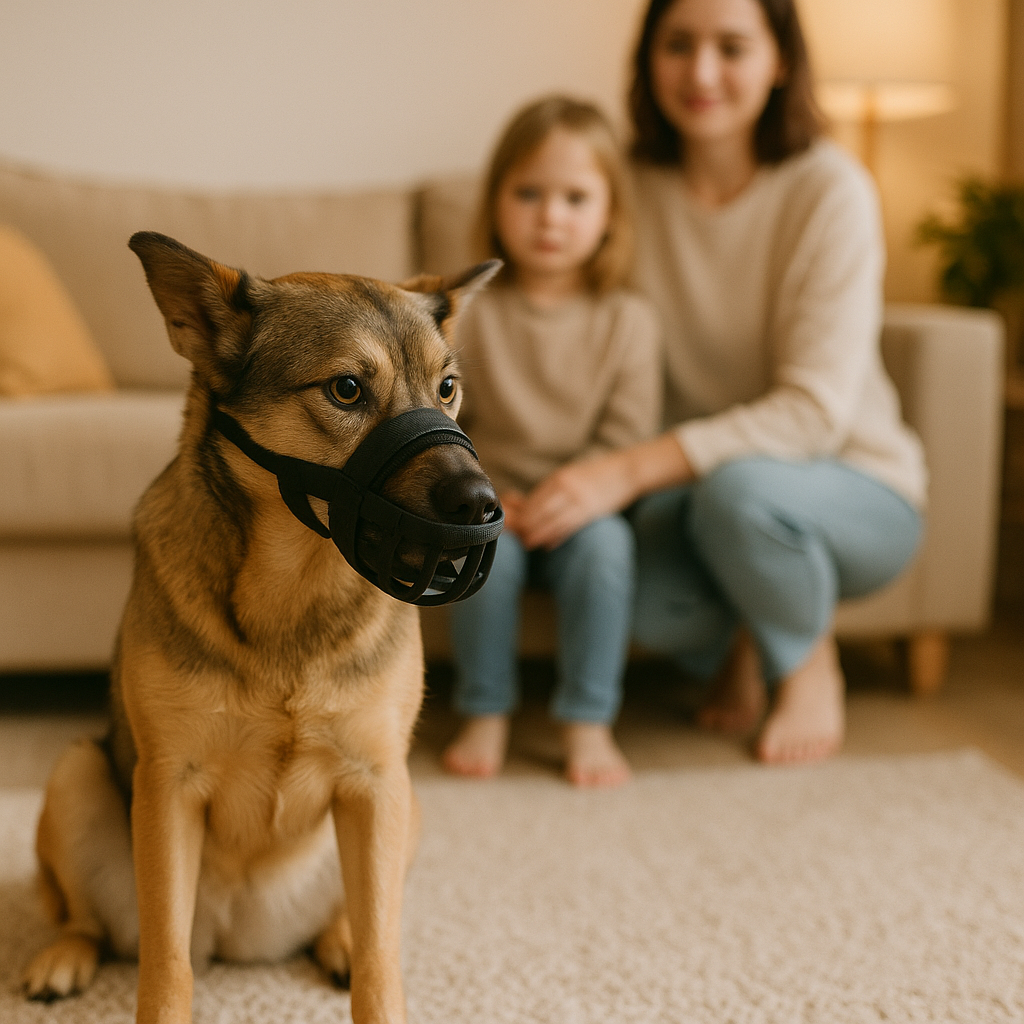
Training & Behavior Correction
Once your dog is safe and calm, the next step is training and behavior correction. The goal is to teach your dog alternative responses and reward positive behavior instead of punishing aggression.
Effective Training Tips for Aggressive Dogs:
- Positive Reinforcement Only: Reward calm behavior with treats, praise, or gentle petting.
- Short and Consistent Sessions: Train for 5–10 minutes at a time, several times a day.
- Gradual Exposure to Triggers: Slowly introduce the situations that cause aggression while keeping your dog relaxed.
- Use Commands to Redirect Attention: Simple commands like sit, stay, or leave it help manage tense moments.
- Stay Patient and Consistent: Behavior changes take time; sudden progress is rare.
Pro Tip: Keep a training journal to track your dog’s reactions and improvements over time.
By using positive reinforcement and controlled exposure, you’ll build trust and confidence, which are essential to reduce aggression long term.
